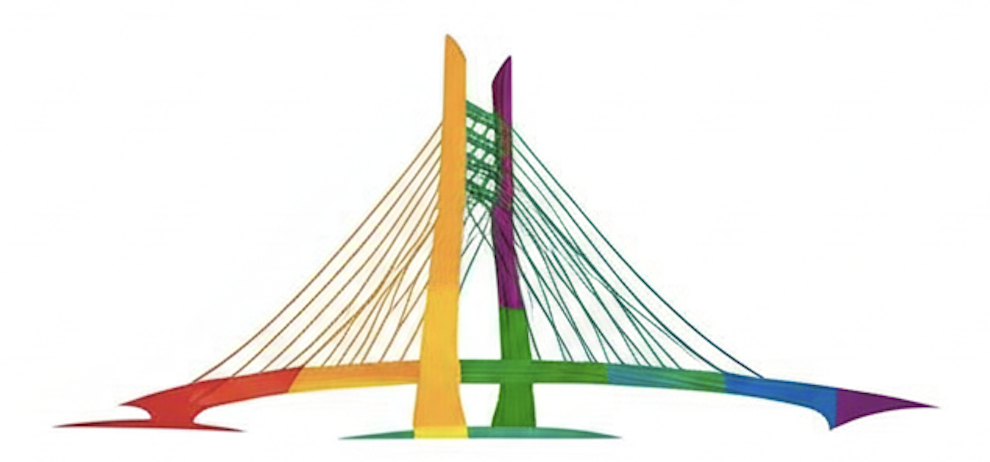Part 5 of the Cultural Alchemy series
In previous articles, we've explored invisible scripts, the pitfalls of relying solely on frameworks, and the layers of cultural evolution. But underneath these lies a psychological force that makes cultural transformation so persistently difficult: cognitive dissonance. Organizations, like individuals, frequently live double lives—acting in contradictory ways without openly acknowledging it.
The Double Life We All Recognize but Rarely Name
A few months ago, I worked with a company that had just completed its annual employee engagement survey. The results were troubling. Trust was down. People felt disconnected from leadership, and poor communication topped the list of complaints.
In response, leadership scheduled all-hands meetings to "improve transparency and build trust." Yet during these meetings, executives presented carefully curated company updates, sidestepped questions about recent layoffs, and delivered platitudes like "we're all in this together," all while physically separated from employees by a noticeable barrier.
Everyone felt the contradiction in the room, but nobody addressed it directly.
This wasn't malicious. The leaders genuinely cared and wanted to support their teams. Yet they were trapped in a classic organizational paradox: How do you build trust when you believe sharing certain information could damage morale? How do you demonstrate transparency while safeguarding competitive information?
This contradiction created a double life for the organization. Instead of resolving the tension, the company fell into rationalizing its behaviors.
Understanding Organizational Cognitive Dissonance
Leon Festinger's groundbreaking research in the 1950s showed that when people hold contradictory beliefs, they experience psychological discomfort and either adjust their beliefs or rationalize the contradiction.
Individual cognitive dissonance: "I value health, but I smoke."
Organizational cognitive dissonance: "We value employee well-being, yet our metrics incentivize burnout."
Individuals might eventually quit smoking or accept the risk. Organizations, however, find it challenging to resolve contradictions deeply embedded in their business models, stakeholder expectations, or competitive pressures. Instead, they often build elaborate rationalizations that become woven into the cultural fabric itself.
The Organizational Rationalization Engine
When organizations can't directly address contradictions, they build "rationalization engines"—mechanisms that mask inconsistencies and make them feel normal.
- The language engine: Using sanitized language to disguise contradictions. Layoffs become "right-sizing," redundancies become "synergies," impossible targets become "stretch goals."
- The exception engine: Every contradiction has its justified exception. "We don't usually work weekends, but this project is critical." Eventually, every project becomes critical.
- The aspiration engine: Focusing on future ideals rather than present realities. "We're on a journey toward work-life balance," yet that journey never seems to end.
- The complexity engine: Explaining away contradictions as the unavoidable consequence of complexity. "It's complicated" becomes the universal explanation for the gap between stated values and actual behavior.
Rather than resolving dissonance, these engines institutionalize it, embedding contradictions into daily organizational life.
The Hidden Tax on Human Energy
What makes organizational cognitive dissonance particularly insidious is that it transfers the psychological burden from the organization onto employees.
Employees bear the stress of delivering messages they don’t believe, enforcing policies that contradict stated values, and pretending problems don't exist when they're painfully obvious.
Researchers call this emotional labor—the psychological strain employees face when navigating contradictions while maintaining professional composure.
Some develop "dissonance immunity," becoming indifferent to the contradictions and focusing only on compensation. Others become "dissonance absorbers," often middle managers who take on the emotional cost of translating between conflicting realities. Then there are the "dissonance amplifiers," who continuously highlight contradictions, often at personal and professional cost.
Everyone pays a price. The only question is how much and in what form.
Recognizing the Types of Organizational Dissonance
Not all organizational contradictions are alike. Typically, they fall into one of three categories:
- Developmental Dissonance: A healthy gap between current realities and genuine aspirations. Example: "We aim to be innovative but are still learning to accept productive failure."
- Structural Dissonance: Contradictions inherent to business models or market demands. Example: "We value long-term strategy but must deliver quarterly earnings."
- Pathological Dissonance: Toxic contradictions stemming from the unwillingness to face difficult truths. Example: "We value honesty but punish those who deliver uncomfortable news."
Only pathological dissonance can truly be "fixed" through culture work. The others require thoughtful, conscious management.
Breaking Free from the Dissonance Trap
Escaping the dissonance trap doesn't mean eliminating contradictions entirely—that's unrealistic. Instead, it involves openly confronting and consciously managing these tensions:
- Name tensions explicitly: Acknowledge contradictions openly and clearly.
- Prioritize contradictions deliberately: Choose consciously which values to uphold when they conflict.
- Build resolution mechanisms: Establish forums for discussing contradictions and ethical dilemmas.
- Share the burden equitably: Ensure that psychological costs aren't borne solely by middle management. Leadership must share this responsibility.
- Model adaptive leadership: Demonstrate how to navigate tensions without losing integrity, balancing idealism with pragmatism.
Moving Forward: Embracing Complexity Consciously
The goal isn't a contradiction-free organization; it's an organization capable of navigating contradictions consciously. Mature organizations develop cognitive complexity—the capacity to hold and navigate paradox without rushing toward false resolutions.
When organizations embrace complexity openly, profound shifts occur. Energy previously spent managing hidden contradictions transforms into innovation, clarity, and collective resilience, unlocking the organization's true adaptive potential.
That's when meaningful cultural evolution happens.
In the next article, we'll explore how patterns—both healthy and toxic—spread through organizational networks, and why understanding cultural contagion is essential for anyone fostering positive change.
If this resonates, share it with others who are navigating their own organizational double lives.
